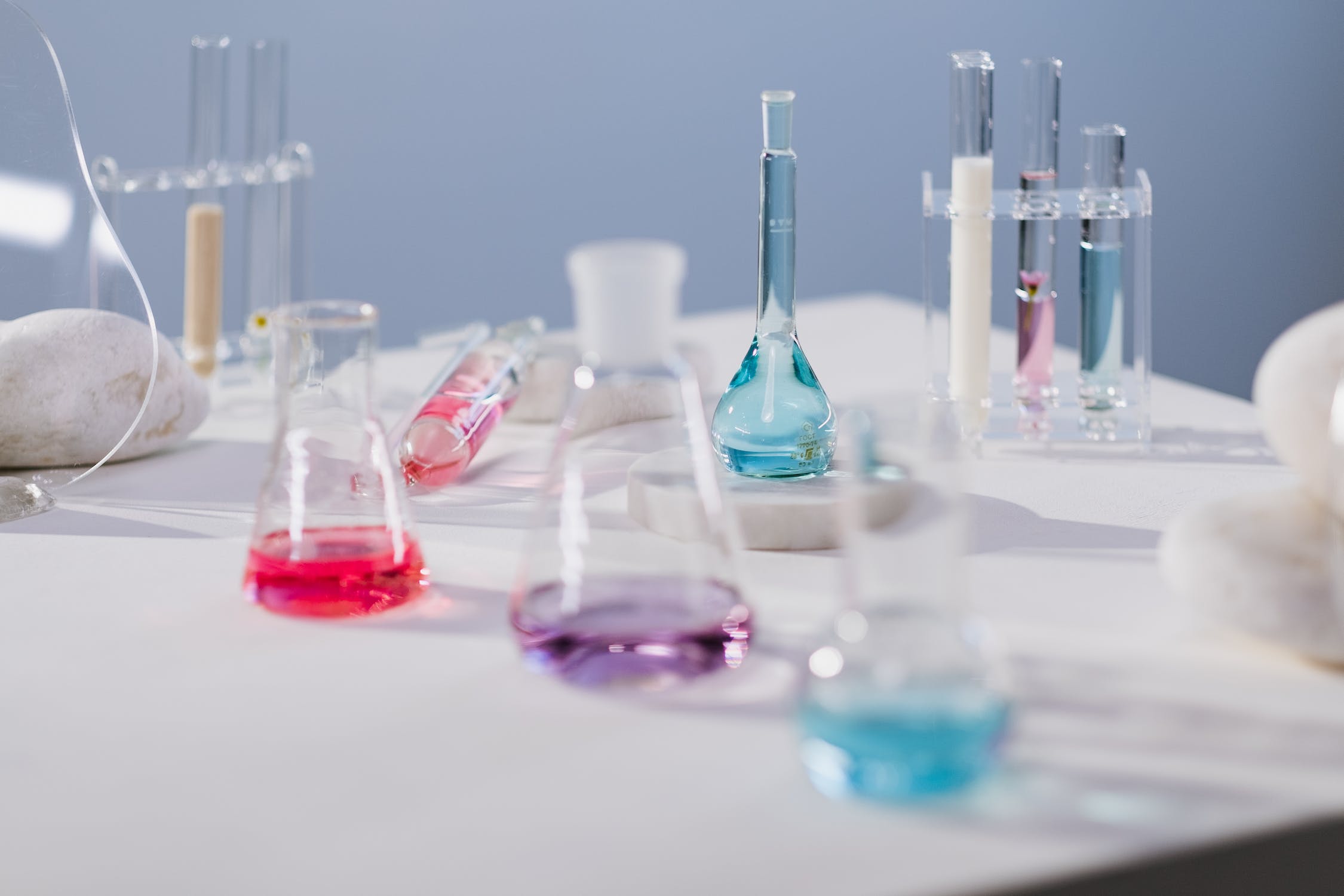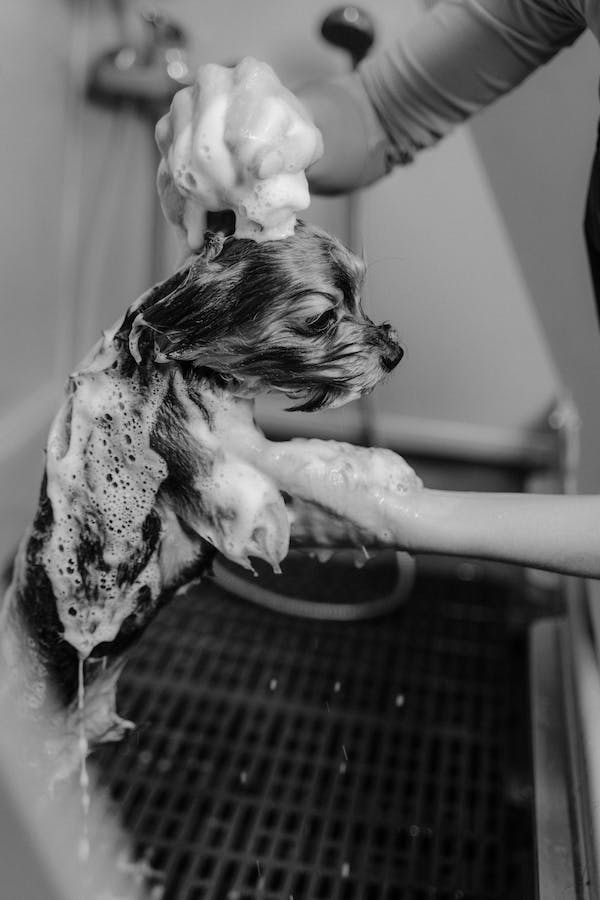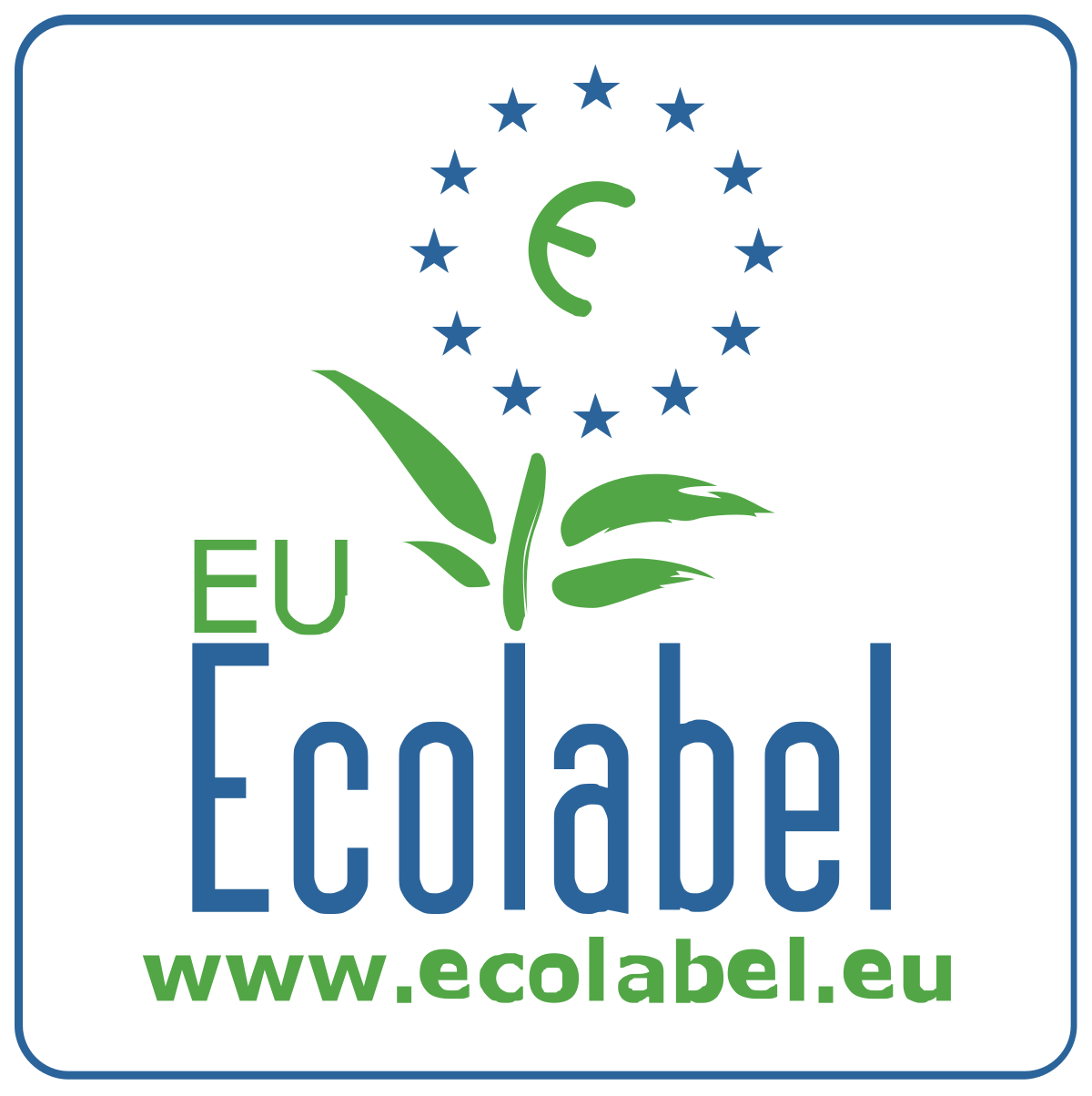The European Union ecolabel has been a mark recognized worldwide for over 30 years due to its ability to certify a product's low ecological impact. Looking back at its origin, the EU ecolabel was first established in 1992, which came a mere 14 years after the very first Blue Angel ecolabel released by the German government.
In late 2021, the EU implemented a significant change for the ecolabel criteria in cosmetics and animal care products. The largest changes come around the ecotoxicity and biodegradability requirements for the aforementioned product categories. Below, we will go into additional detail defining what these product groups are and the specific criterion to be awarded the EU ecolabel.
Throughout this blog, we will focus mainly on the specific criteria related to biodegradability rather than ecotoxicity.
Defining Cosmetic Products
According to the legislation that was put in place by the European Commission, cosmetic products comprise any substance or mixture falling under Regulation (EC) No. 1223/2009, intended to be placed in contact with:
- External parts of the human body;
- Teeth; or,
- The mucous membranes of the oral cavity
These products must have a view either exclusively, or mainly, to:
- Clean them;
- Perfume them;
- Change their appearance;
- Protect them;
- Keep them in good condition; or,
- Correct body odors
This product group includes both rinse-off and leave-on products for both private and professional use. "Leave-on products" means products marketed as not intended to be removed with water after use in normal conditions. "Rinse-off products" means products marketed as intended to be removed with water after use in normal conditions.
Defining Animal Care Products
According to the accepted legislation, animal care products comprise any substance or mixture intended to be placed in contact with animal hair to clean them or to improve the condition of it. Shampoos and conditioners for animals would be examples of these products. This product group only includes rinse-off products for both private and professional use.
This group does not include products specifically marketed for disinfecting or anti-bacterial use.
Biodegradability Criteria for EU Ecolabel
While there are seven main aims of awarding the EU Ecolabel to cosmetic and animal care products, one specific aim is to "set requirements to ensure that the ingredients are biodegradable and will not persist in water". To this end, they have specific requirements around rinse-off cosmetic products, leave-on cosmetic products, and rinse-off animal care products.
Rinse-off cosmetic products
There are two main parts to the biodegradability criteria for rinse-off cosmetic products:
- Biodegradability of surfactants
- Biodegradability of organic ingoing substances
For the biodegradability of surfactants, the legislation states that all surfactants must be readily biodegradable under aerobic conditions and also biodegradable under anaerobic conditions. One exception is that surfactants with cleaning and/or foaming functions in toothpastes are exempt from the anaerobic biodegradability requirement. Common accepted methods for the aerobic biodegradability assessment and verification and OECD 301 A-F test methods. For anaerobic biodegradation, ISO 11734, ECETOC No 28, OECD 311, or an equivalent test method is commonly used.
For the biodegradability of organic ingoing substances, the content of all organic ingoing substances in the product that are aerobically non-biodegradable or anaerobically non-biodegradable shall not exceed the limits in the table below:
| Product | aNBO (mg/g AC) | anNBO (mg/g AC) |
|---|---|---|
| Shampoos, soaps, shower preparations, and toothpaste (solid form) | 5 | 5 |
| Shaving solid soaps | 10 | 10 |
| Feminine hygience cosmetic products | 15 | 15 |
| Hair conditioners | 15 | 15 |
| Liquid soaps and shower preparations | 15 | 15 |
| Rinse-off hair styling and treatment products (hair dyes) | 15 | 15 |
| Rinse-off skin care products (exfoliants) | 15 | 15 |
| Shampoo (liquid form) | 20 | 20 |
| Toothpastes, mouthwashes | 15 | 15 |
| Shaving foams, shaving gels, shaving creams | 70 | 40 |
| Other rinse-off products | 15 | 15 |
Leave-on cosmetic products
For leave-on cosmetic products there is a bit more flexibility in the requirements. According to the legislation, at least 95% by weight of the total content of organic ingoing substances must be:
- Readily biodegradable according to an OECD 301 A-F test method, and/or
- lowest aquatic toxicity NOEC/ECx > 0.1 mg/l or EC/LC50 > 10.0 mg/l and not be bioaccumulable, and/or
- lowest aquatic toxicity NOEC/ECx > 0.1 mg/l or EC/LC50 > 10.0 mg/l and be potentially biodegradable (OECD 302 A-C) and/or
- lowest aquatic toxicity NOEC/ECx > 0.1 mg/l or EC/LC50 > 10.0 mg/l and not be bioavailable (molecular weight > 700 g/mol)
The only exceptions to this requirements are UV filters with sun protection functions.
Rinse-off animal care products
The criterion for rinse-off animal care products are extremely similar to those for rinse-off cosmetic products. It is also concerned with two main parts:
- Biodegradability of surfactants
- Biodegradability of organic ingoing substances
Regarding the biodegradability of surfactants, this legislation requires that all surfactants shall be readily biodegradable under aerobic and anaerobic conditions. This is very similar to the requirement for cosmetic products. This is often satisfied by OECD 301 A-F testing for aerobic biodegradability and ISO 11734, ECETOC No 28, or OECD 311 testing for anaerobic biodegradability.
Regarding the biodegradability of organic ingoing substances, the content of all organic ingoing substances in the product that are aerobically non-biodegradable or anaerobically non-biodegradable shall not exceed 15 mg/g AC (aNBO) and 15 mg/g AC (anNBO).
Overview and Additional Comments
There are many requirements put in place to achieve the EU ecolabel for cosmetic and animal care products. Most of these requirements revolve around the biodegradability and ecotoxity of the product itself along with the packaging that contains the product. When it comes to testing the aerobic and anaerobic biodegradability of these products, OECD 301 A-F methods are most widely used for aerobic biodegradability testing and ISO 11734, ECETOC, or OECD 311 are used for anaerobic biodegradability testing. While these are not the only test methods that can be perfromed, they are generally acknowledged as the most widely used methods.
Creating cosmetic and animal care products that are biodegradable and environmentally friendly is an ever-growing concern and there will certainly be even more stringent legislation and criteria put in place as this topic continues to mount in importance. One example of a company successfully creating products that meet these requirements is Innospec. Their isethionate and taurate surfactants have been tested using a variety of OECD 301 A-F methods to prove their aerobic biodegradability and OECD 311 tests were performed to proved their anaerobic biodegradability.



